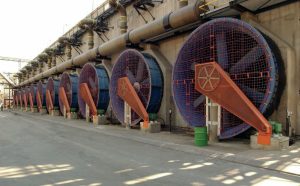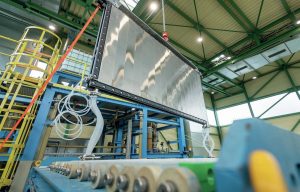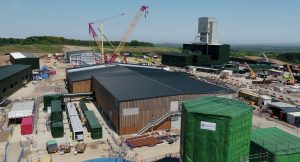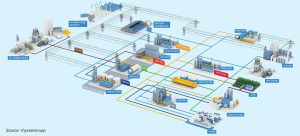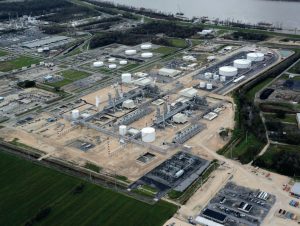Casale has acquired Hong Kong-based Green Granulation Ltd (GGL), and its proprietary technologies for the design and construction of urea and calcium ammonium nitrate (CAN) granulation systems. Casale says that the takeover is part of a broader strategy aimed at strengthening its leading position in the nitrogen market by leveraging the widest integrated portfolio of efficient technologies, enabling the company to offer a ‘one stop shop’ for the entire production cycle of nitrogen-based fertilizers, from raw materials to final products. GGL’s addition to the Casale group includes the Cold Recycle Granulation process, an advanced fluidised bed technology designed to accept a lower concentration of urea feed melt (ca 96% urea and biuret), as well as a proprietary design for both granulator and scrubber, a team of experts and qualified technicians, and considerable experience in several industrial references. The CRG design has a horizontal layout, leading to lower structural costs and higher efficiency, as well as lower total investment costs and power consumption, lower power consumption and simplified operation, and higher operational flexibility in urea and CAN granulation.
